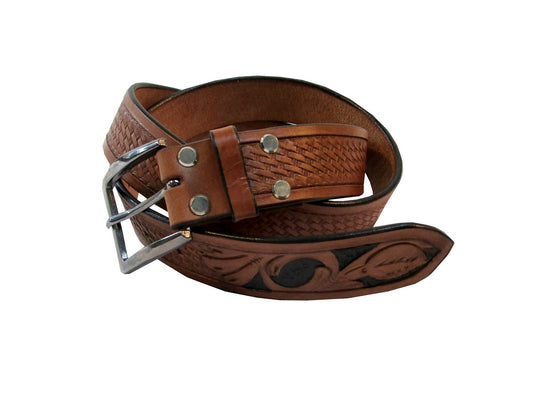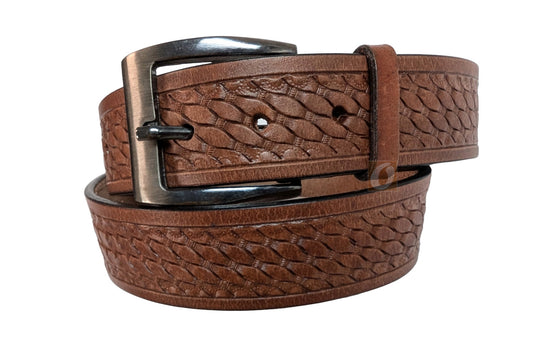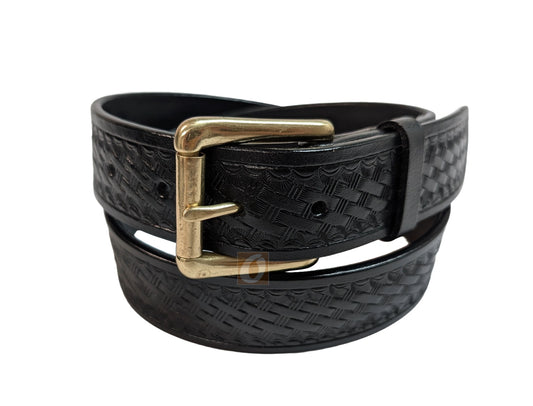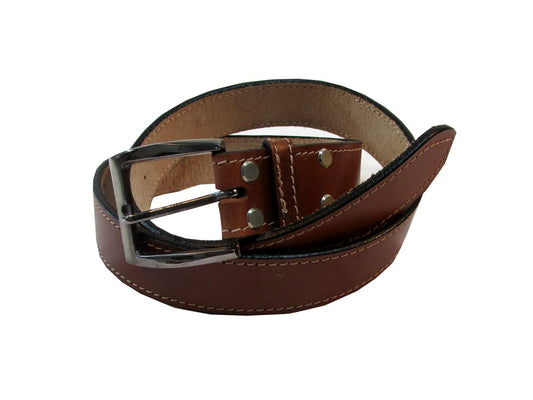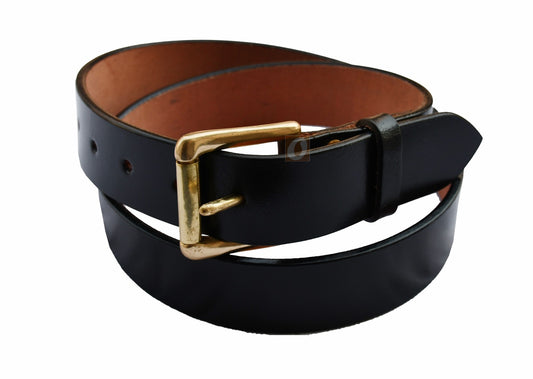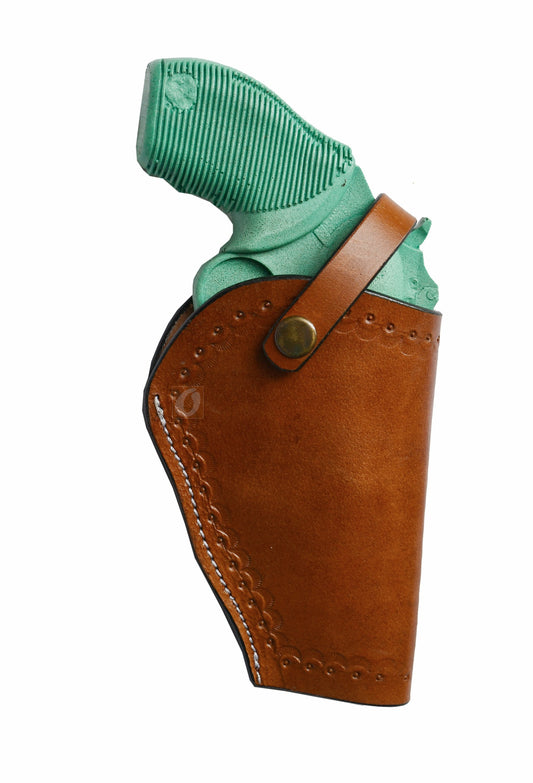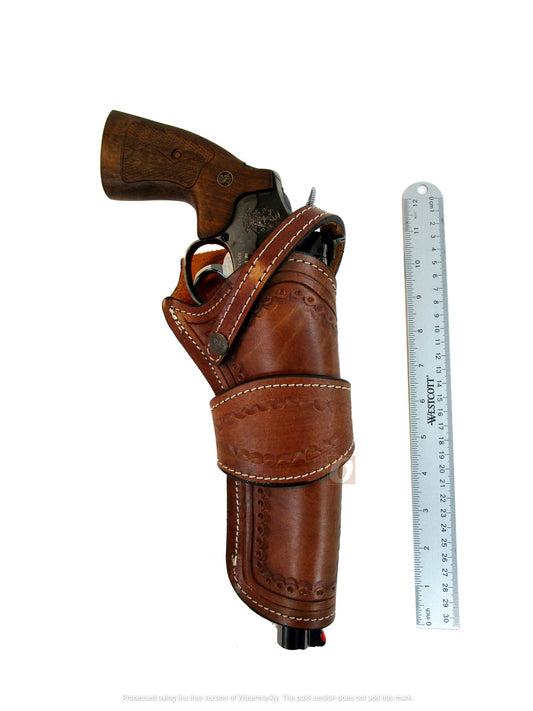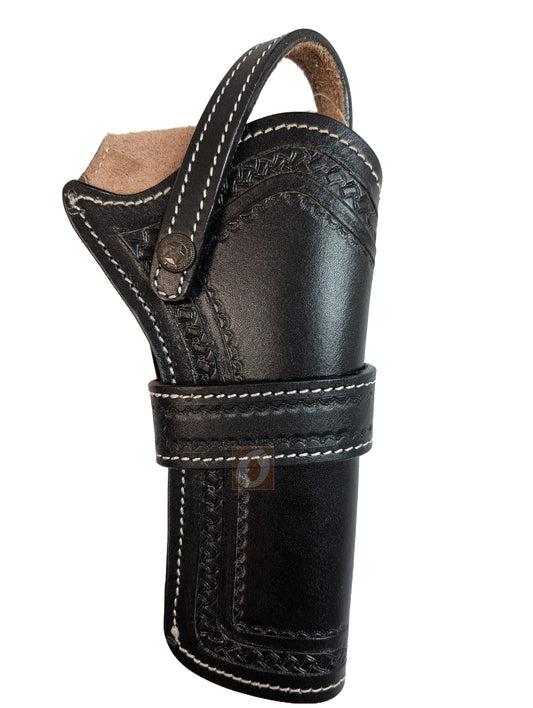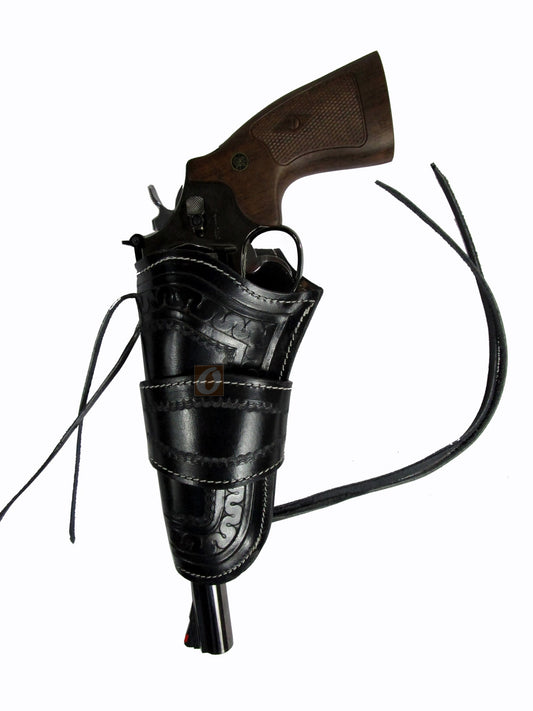How to Break In a Leather Holster for Maximum Comfort ?
Break In a Leather Holster the Right Way: Fast Comfort, Smooth Draw
New leather feels stiff by design. With a smart break-in, you’ll keep retention, lose the pinch, and get a clean, repeatable draw—without damaging the holster or your finish.
Before you start: safety and setup
Verify the firearm is unloaded and cleared. Work in good light. For molding steps, wrap the unloaded pistol in a single layer of thin plastic or wax paper to add just a touch of space during break-in.
Step-by-step break-in (10–20 minutes a day)
1) First fit: seat and settle
Insert the wrapped, unloaded firearm fully until you feel the natural stop. Hold for 30–60 seconds, then remove. Repeat 5–10 times to start forming the pockets around the slide/cylinder and trigger guard.
2) Draw strokes: teach the path
With the same wrap, perform slow, straight-line presentations: establish a full grip, lift until clear, re-holster on a straight line. Do 20 smooth reps—no yanking. You’re polishing the friction points, not stretching the mouth.
3) Micro-mold by hand (only where needed)
If one edge pinches, massage that exact spot with firm thumb pressure while the gun is holstered. Avoid bending the holster mouth or collapsing the belt tunnel—structure is what keeps retention and re-holstering clean.
4) Belt test: real-world pressure
Wear the unloaded rig on your normal belt for 30–60 minutes around the house. Walk, sit, and stand. Tiny changes to cant and ride height often fix “hot spots” faster than more break-in.
5) Remove the wrap and re-check
After a day or two, repeat the insert/draw cycle without the wrap. You’re aiming for “click in, smooth out”—secure when seated, confident on the draw.
Care and conditioning (keep it light)
Clean, then condition sparingly
Wipe sweat and dust with a barely damp cloth, dry fully, then use a small amount of leather conditioner formulated for holsters. Too much product softens structure and weakens retention.
Protect shape in storage
Store cool and dry, away from direct heat. If off the belt for long periods, insert a clean paper form to support the mouth and trigger-guard area.
Match the belt to the holster
A rigid, properly sized belt keeps angle and pressure consistent, reducing rub points and preserving the holster’s molded lines.
What not to do
No soaking, ovens, or hair dryers
Heat and water can warp leather, ruin finish, and collapse the mouth. Skip “wet-molding hacks.” Break-in should be gradual and controlled.
No over-oiling or household oils
Heavy oils oversoften leather and bleed into liners and stitching. Use purpose-made conditioner—and use less than you think.
Related picks and guides
Explore more: Leather Holsters | Crossdraw | How to Choose the Right Holster | Leather vs Kydex FAQs | Care for Leather Holsters
What to do next
Finish a week of short, clean reps. If a spot still bites, adjust cant/ride height before you add more conditioning. Ready for all-day comfort? Start with our Leather Holsters or explore a Crossdraw fit.
FAQ
How long does break-in take?
Most rigs feel noticeably better after 2–3 short sessions and settle fully within 1–2 weeks of normal wear.
It’s still too tight—what now?
Return to one thin wrap and 10–20 draw reps, focusing pressure only where it binds. If retention remains excessive, contact the maker rather than forcing bends.
Can I speed it up with water?
Avoid water and heat. They shorten the holster’s life and can distort retention. Consistent reps are safer and deliver a better long-term fit.


